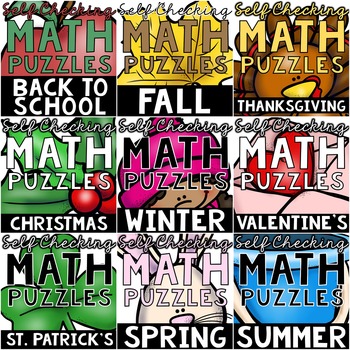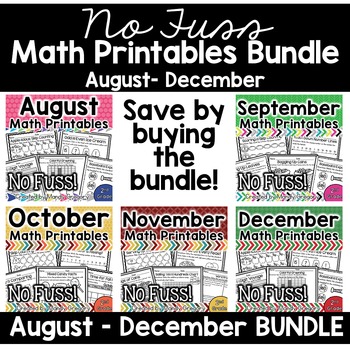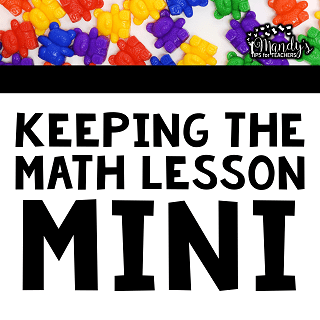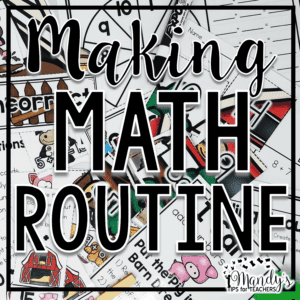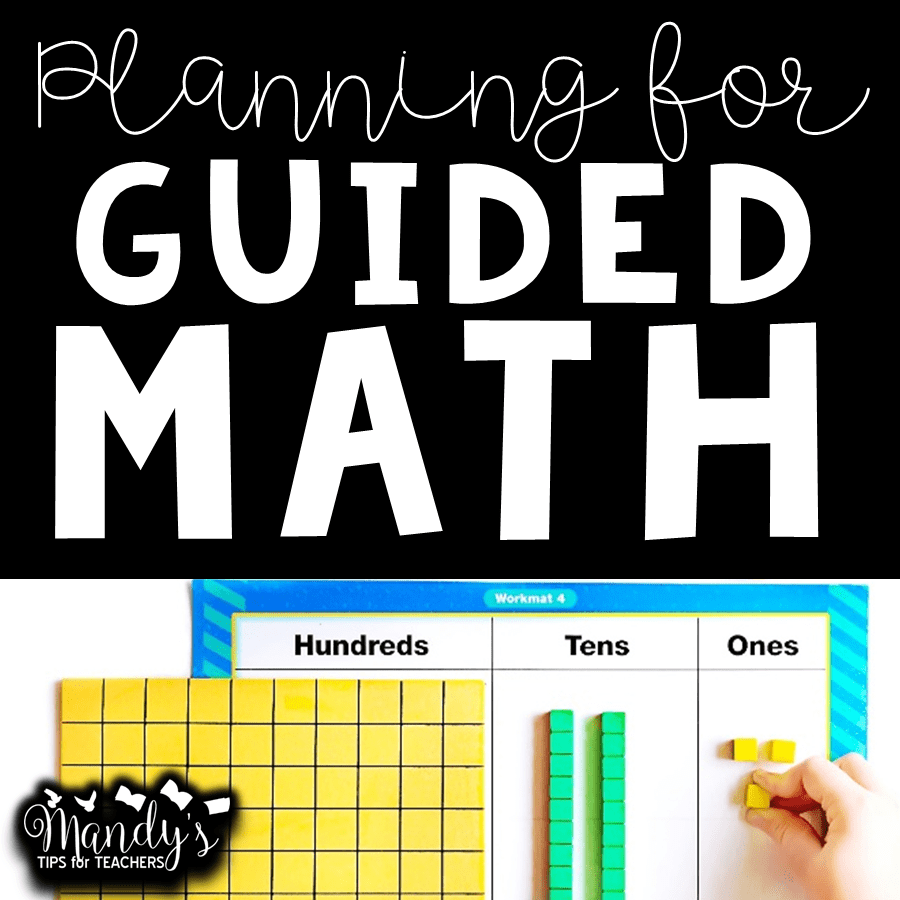Math Workshop

When I first began teaching (in the Dark Ages), I taught math like I was taught as a student myself: whole group instruction and then students would practice a page in their math workbooks while I circulated and helped the struggling students. Sometimes I got really snazzy and threw a partner game in there!
I was very lucky to work with some progressive teachers. These teachers were working on their Masters and were exploring the concept of “Guided Math.” Soon after I began working on my Masters in Reading in 2006 and I had an “aha!” moment myself: “Why not organize my math instruction like my reading instruction.”
I went from hating math and teaching it, to loving teaching it, all because of a different management system: Math Workshop. My version of Math Workshop my not be exactly like other teachers. It was simply born from frustration, lots of failure, and the constant ability to change!
What does Math Workshop Look Like?
In short, Math Workshop follows the workshop model:
- Whole Group Mini Lesson (10 to 20 minutes)
- Small Group/ Independent Practice (40- 60 minutes)
- Share Time (5 minutes)
What Does the Mini Lesson Look Like?
The mini lesson is exactly what it sounds like: a short whole group lesson! When planning these lessons I like to think of this as the grade level standards that I am delivering to students. I do not use this time to accelerate or remediate learning, unless it is something that the entire class can benefit from. Of course, if all students are struggling with subtracting across zeros, dive in!
The mini lesson should be short and to the point. This is easier in the lower grades (1st and 2nd) when the concepts require less background knowledge. As students get older, and topics get more complex, it can be very difficult. I tried to keep my mini lessons to 10 to 20 minutes. Generally, they were closer to 20 minutes if I were to be honest. Want some tips and tricks to keep the mini lesson short and effective? Check out this blog post.
What Does Small Group/ Independent Practice Look Like?
In my classroom, this was when we worked in guided math groups. Students were placed in heterogeneous groupings based on data I had collected. This was when I did the bulk of my differentiated instruction. Each group was working on similar skills, but at different difficulty levels and speeds. Students not in groups were working in differentiated centers to spiral review. It was like a three ring circus and some days were amazing, and others felt like the elephants were left loose! LOL!
Guided math can be overwhelming for several reasons. Planning for several different groups and lessons can add to your workload and then simply the management of students can be the straw that breaks the camel’s back. I have an entire page JUST dedicated to this time. Click here to read more in depth about Guided Math.
What about Share Time?
If I were to be completely honest, I would say that this is the area I struggled with the most in Math Workshop. I always seemed to run out of time! In theory this is a time for students to share how they solve a tricky problem (so students can model their own approach to problem solving), sum up what they learned with a partner, or in their table groups. Another idea is to use this time for Number Talks. This approach was introduced to me by my former school when we did a book study of the book Number Talks (affiliate link) by Sherry Parrish.
In essence, this was how I used the time to develop and expand mental math strategies for my students. Students could share their own strategies as well. It wasn’t a perfect closing to Math Workshop, but it did allow for discussion and sharing!

